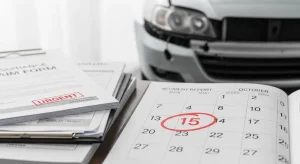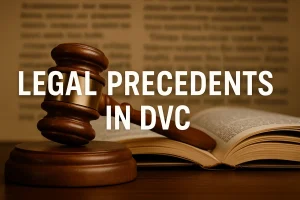When your car loses value after an accident, it’s frustrating enough. But what happens when your insurance adjuster brushes off your diminished value (DV) claim? This article will help you understand why adjusters might try to downplay DV, how to catch them doing it, and how to get their dismissive responses on the record. By the end, you’ll know how to protect your claim and push back with confidence.
Why Adjusters Downplay Diminished Value
Insurance companies want to settle claims for as little as possible. Diminished value—the loss in a vehicle’s resale value after an accident, even when repaired—can be a gray area they exploit.
Some adjusters are trained to minimize or deny DV claims altogether. They might say things like, “DV isn’t covered in your state,” or “There’s no real loss if the car is repaired correctly.” These statements are often misleading and rarely backed by written policy exclusions.
When to Start Documenting Your Interactions
The moment your adjuster dismisses your DV claim, start documenting. This early resistance is your first sign that the company may be setting you up for a lowball offer—or a flat-out denial.
If the adjuster makes verbal statements about why DV doesn’t apply or why your car “hasn’t really lost value,” don’t ignore it. Start a paper trail immediately.
How to Prompt Adjusters to Go on Record

If your adjuster refuses to acknowledge your claim, ask direct questions like:
- “Can you confirm in writing that DV is not covered on my policy?”
- “Are you stating that a repaired vehicle doesn’t lose resale value?”
- “Can you cite the policy language you’re referencing?”
These types of questions corner them into clarifying their position. If they avoid written responses, that’s also telling.
Tools for Recording Conversations Legally
In many states, you can record phone calls with one-party consent (meaning you don’t need the adjuster’s permission). In two-party consent states, both sides must agree.
Alternatives:
- Summarize the call in a follow-up email: “Per our conversation, you stated that DV doesn’t apply. Please confirm if that’s correct.”
- Save voicemails, letters, or text messages as evidence.
Always keep your communications professional and fact-based.
What to Do After You Get Their Statement
Once the adjuster’s stance is documented:
- Save it: Store emails, texts, call notes, and letters in a dedicated folder.
- Use their words: Quote their statement in your formal DV dispute letter.
- Challenge it: Ask them to provide policy references or valuations that justify their position.
The more organized your documentation, the stronger your case will be.
Back Yourself With Evidence and Experts

Don’t rely solely on the insurer’s word. Support your claim with third-party documentation.
- Get a professional DV appraisal: This is crucial when adjusters try to downplay the impact.
- Use comparables: Show how similar cars without damage list for more than yours.
- Highlight upgrades: New tires, tech, or accessories often add value and reduce depreciation—but only if you document them.
Final Thoughts: Don’t Let Them Dodge the Facts
Adjusters may hope you’ll take their first answer at face value. But with the right approach, you can turn their own statements into leverage.
Use clear communication, gather evidence, and back your claim with professional insight. When you document what’s said—and what’s avoided—you gain control of the conversation.
You don’t have to accept a dismissive answer. You just have to know how to make it official.



